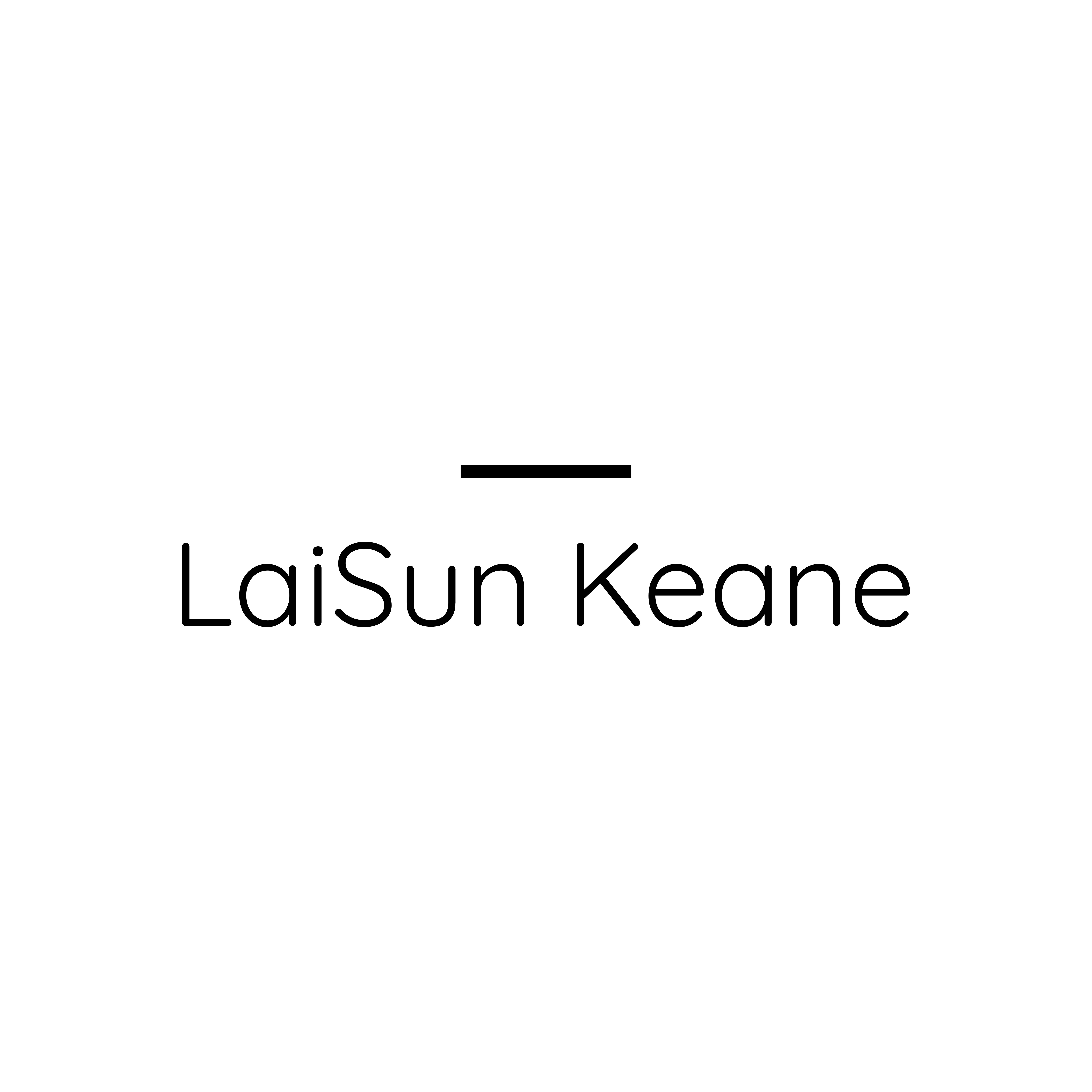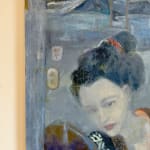Open a larger version of the following image in a popup:
 Jenny Olsen, Mirror Mirror, oil on canvas, 48x36in
Jenny Olsen, Mirror Mirror, oil on canvas, 48x36in
 Jenny Olsen, Mirror Mirror, oil on canvas, 48x36in
Jenny Olsen, Mirror Mirror, oil on canvas, 48x36in
Jenny Olsen
Mirror, Mirror, 2024
oil on canvas
48 x 36 in
JO001
Currency:
Further images
As someone who is one-quarter Japanese, bathing holds significant importance in my consciousness and upbringing. Soaking in the bathtub never fails to connect me with the little girl within and...
As someone who is one-quarter Japanese, bathing holds significant importance in my consciousness and upbringing. Soaking in the bathtub never fails to connect me with the little girl within and the traditional Japanese house we lived in while growing up in Taiwan. To further explore the subtext of the blending of time and space, I include two paintings of women in kimonos grooming themselves in the show. They are inspired by Japanese woodblock prints, particularly the "One Hundred Beautiful Women at Famous Places of Edo" series.
This painting was inspired by the woodblock print by Utagawa Kuniyoshi (1797–1861), created in 1852 during the Japanese Edo period, titled, "Wanting to Improve One's Habits " (Kuse ga naoshitai/ Fishing for Bonito in Sagami Province (Sôshû katsuo-tsuri), from the series Auspicious Desires on Land and Sea (Sankai medetai zue). The Museum of Fine Art, Boston has in their collection an original print of this work.
This painting was inspired by the woodblock print by Utagawa Kuniyoshi (1797–1861), created in 1852 during the Japanese Edo period, titled, "Wanting to Improve One's Habits " (Kuse ga naoshitai/ Fishing for Bonito in Sagami Province (Sôshû katsuo-tsuri), from the series Auspicious Desires on Land and Sea (Sankai medetai zue). The Museum of Fine Art, Boston has in their collection an original print of this work.
Provenance
The Artist1
of
4














